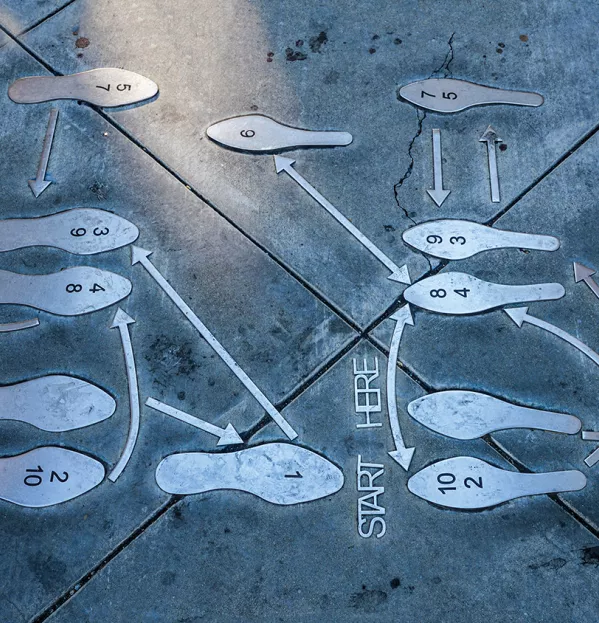“But we don’t dance.” This is the typical response I get when I suggest to PE teachers that they should be teaching more dance. More and more we are seeing a shift towards gender-neutral PE activities - these days, our pupils know that gymnastics isn’t just for girls and that football isn’t just for boys. But when it comes to dance, there is still a significant hurdle to overcome that has nothing to do with the pupils. It has to do with their teachers.
No one can argue that dance is not a great physical activity. Dance enhances the six components of skill-related fitness (including agility, balance and coordination) and the five components of health-related fitness (including cardiovascular endurance, flexibility and muscular strength). It can increase pupils’ athleticism, coordination and motor skills as well as building confidence in pursuing active lifestyles. It can be an entry point to physical activity for some pupils who might otherwise be reluctant to exercise.
So, if dance is so beneficial, why does the resistance to delivery still exist in today’s PE programmes?
Bringing dance into PE lessons
Partly, it is an issue of experience. If teachers were not taught dance themselves, they will inevitably be resistant to leading dance activities.
It’s hard to put yourself in a position where you know you are going to feel embarrassed or uncomfortable. Dance requires teachers to put themselves out there in a way that most other physical activities do not. It is an art form that involves self-expression. That means you have to make yourself vulnerable when demonstrating technique.
Overcoming embarrassment is crucial to confidently engaging with dance but it’s also important for teachers to develop their knowledge and skills. This is something that every teacher can do. We might not all have natural dance ability but we can all search the internet - and there are mountains of resources available online to support the delivery of dance.
With packed curricula and the constant pressures of facilities, weather and timetables, dance is often sacrificed to make space for other things. But I would challenge you to find a PE activity that can tick as many boxes as dance does while requiring such minimal space and teaching allocation.
Ultimately, as we develop our subject to embrace the gender-neutral world of sport - a move that I’m sure most PE teachers would agree is right and required - it’s important that we don’t pick and choose the bits that suit us as teachers. For some pupils, the disservice of not allowing them the opportunity to shine through dance can be hugely limiting.
If we truly believe in success for all and opportunity for everyone, then we need to be willing to push ourselves out of our comfort zones. It might not be easy or comfortable right away but, if you take a deep breath, hold on tight to your teammates and really go for it, it might just be the best thing your department does. PE teachers are used to giving their all in other sports. Why can’t we do the same for dance?
Phil Mathe is director of sport at Brighton College in Al Ain, United Arab Emirates
This article originally appeared in the 25 June 2021 issue under the headline “Let’s face the music and dance”




